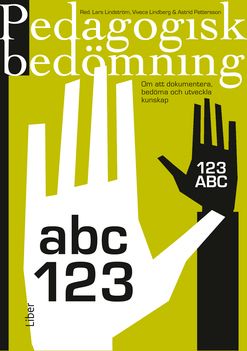

A Tale of Three Cities
- Utgiven: 2002
- ISBN: 9780199252718
- Sidor: 172 st
- Förlag: OUP Oxford
- Format: Häftad
- Språk: Engelska
Om boken
Cities are complex, sprawling, diverse places. They are organized, but disorganized; managed, but unmanaged; orderly, but disorderly. Modern metropolitan cities reproduce themselves and we are familiar with the common icons that are replicated in every part of the globe, but how should we understand cities? For the past five years, Professor Czarniawska has been leading a research project on globalization and the management of cities. Rather than seeing the city as a conurbation, or a location of economic activity, or in terms of governance and administration, Czarniawska explores the city as an action net. An action net of this sort includes various organizations-municipal, state, private, and voluntary-and non-organized individuals. Such an approach was designed to avoid the fallacy of viewing the big city as one big organization. The city is thus conceived as a particularly complex and disorderly action net; a seamless web of interorganizational networks, where the city administration proper constitutes just one point of entry and by no means provides a map of the entire terrain. The research focuses on three European capitals: Warsaw, Stockholm, and Rome. At the outset, leading politicians and officials in each city listed the major problems and projects that the city was engaged in, for example environmental reforms, improvement of public utilities, privatization, financial targets, etc. The author selected a number of these for more detailed study, reporting upon interesting similarities and differences between the approaches taken. The book aims to explore organizing processes in their local context while following the connections between such contexts.
Åtkomstkoder och digitalt tilläggsmaterial garanteras inte med begagnade böcker
Mer om A Tale of Three Cities (2002)
I december 2002 släpptes boken A Tale of Three Cities skriven av Barbara Czarniawska. Den är skriven på engelska och består av 172 sidor. Förlaget bakom boken är OUP Oxford.
Köp boken A Tale of Three Cities på Studentapan och spara pengar.
Referera till A Tale of Three Cities
Harvard
Czarniawska, B. (2002). A Tale of Three Cities. OUP Oxford.
Oxford
Czarniawska, Barbara, A Tale of Three Cities (OUP Oxford, 2002).
APA
Czarniawska, B. (2002). A Tale of Three Cities. OUP Oxford.
Vancouver
Czarniawska B. A Tale of Three Cities. OUP Oxford; 2002.



















